Kiwi Plant Spacing: Planting Female Kiwis Next To Male Kiwi Vines
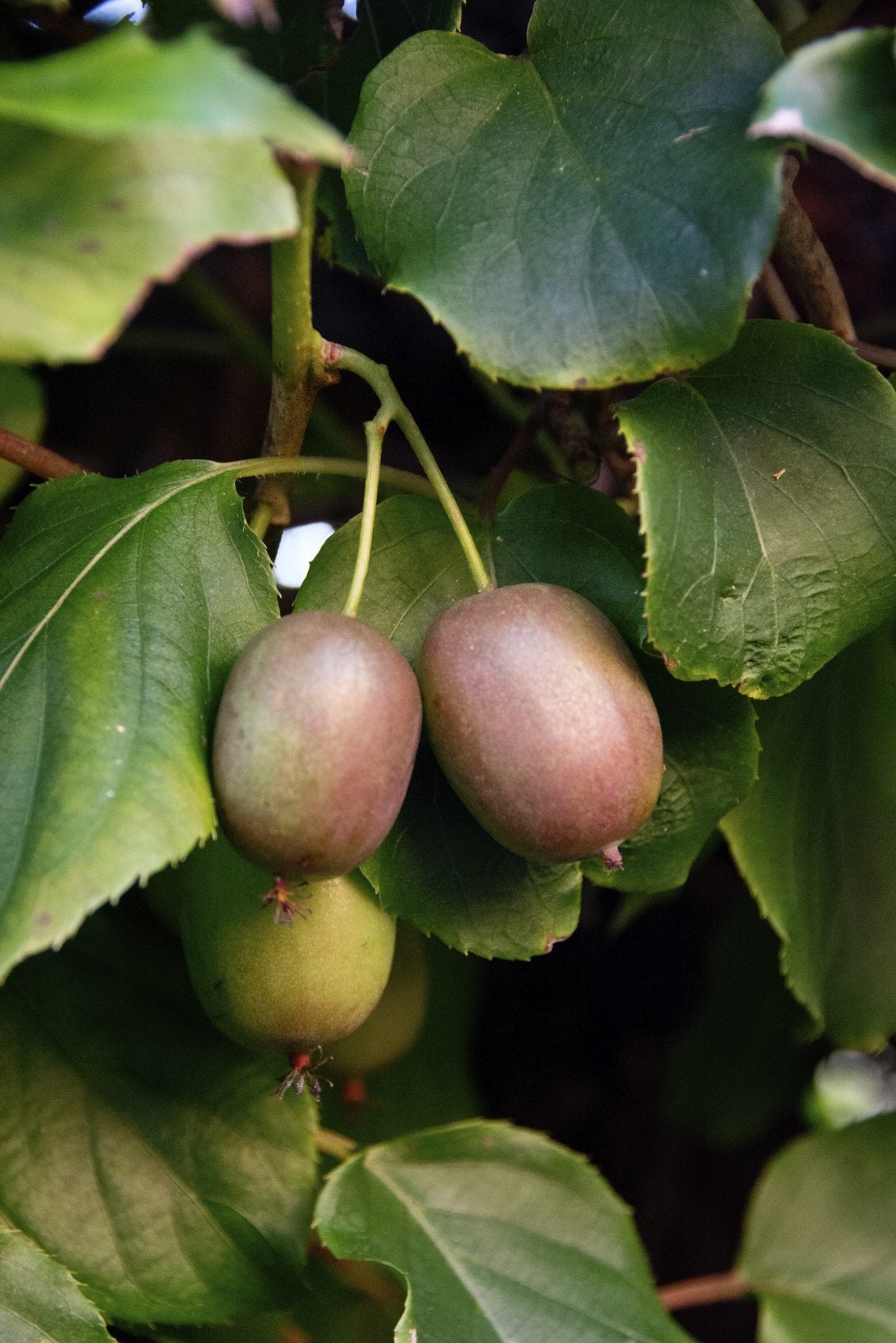
If you love kiwi fruit and would like to grow your own, the good news is that there is a variety for almost every climate. Before you plant your kiwi vine, there are a number of things to consider such as kiwi plant spacing, where to plant male/female kiwis, and the number of male kiwis per females. Also, what is the relationship between male/female kiwis? Are female kiwis toxic to male plants?
Where to Plant Male/Female Kiwis
Okay, let’s address the question, “Are female kiwis toxic to male plants?”. No more toxic than my boyfriend can be to me sometimes; I guess the word would be irritating. The female, in fact, needs the male to fruit. The male's only job is to produce pollen and lots of it. That said, the number of male kiwis per female needed for fruit production is one male to every eight females. Of course, you need to identify which is a male kiwi and which is a female. If the vine is in bloom, there can be no doubt. The male blossoms will be almost entirely composed of pollen-laden anthers while the female blooms will have a bright white center-- the ovaries. If you haven’t yet bought your vines or you are looking for a male to pollinate a female, the gender of the plants is tagged at the nursery. Look for ‘Mateua,’ ‘Tomori,’ and ‘Chico Male’ if you want male vines. Female varieties include ‘Abbot,’ ‘Bruno,’ ‘Hayward,’ ‘Monty,’ and ‘Vincent.’
Kiwi Plant Spacing
We have established that planting female kiwis next to males is recommended if you desire fruit production. Planting female kiwis next to males is not necessary if you are only growing the vines as ornamentals. Select a site that is protected from cold winter winds. Set the vines in the spring in loose soil amended with plenty of compost and a time-release organic fertilizer. Space female vines 15 feet (5 m.) apart generally; some hardy kiwis can be planted closer together at 8 feet (2.5 m.) apart. The males do not need to be right next to the females but at least within a distance of 50 feet (15 m.). They can also be planted right next to the female if you have a space issue.
Gardening tips, videos, info and more delivered right to your inbox!
Sign up for the Gardening Know How newsletter today and receive a free copy of our e-book "How to Grow Delicious Tomatoes".

Amy Grant has been gardening for 30 years and writing for 15. A professional chef and caterer, Amy's area of expertise is culinary gardening.
-
 Looking For Plants To Give You The Soft And Fuzzies? Try These 5 Fuzzy Leaf Plant Options
Looking For Plants To Give You The Soft And Fuzzies? Try These 5 Fuzzy Leaf Plant OptionsLovers of texture, drama, silver foliage and tactile plants will adore these special sensory garden additions. These fuzzy leaf plant options will leave you all aglow
By Susan Albert
-
 Get Ready For A Summer Of Hummers! Grow These Full Sun Hummingbird Plants and Flowers
Get Ready For A Summer Of Hummers! Grow These Full Sun Hummingbird Plants and FlowersIf you’re lucky enough to enjoy a sunny backyard, make sure you are maxing out on your pollinator opportunities and grow these full sun hummingbird plants and flowers
By Tonya Barnett
-
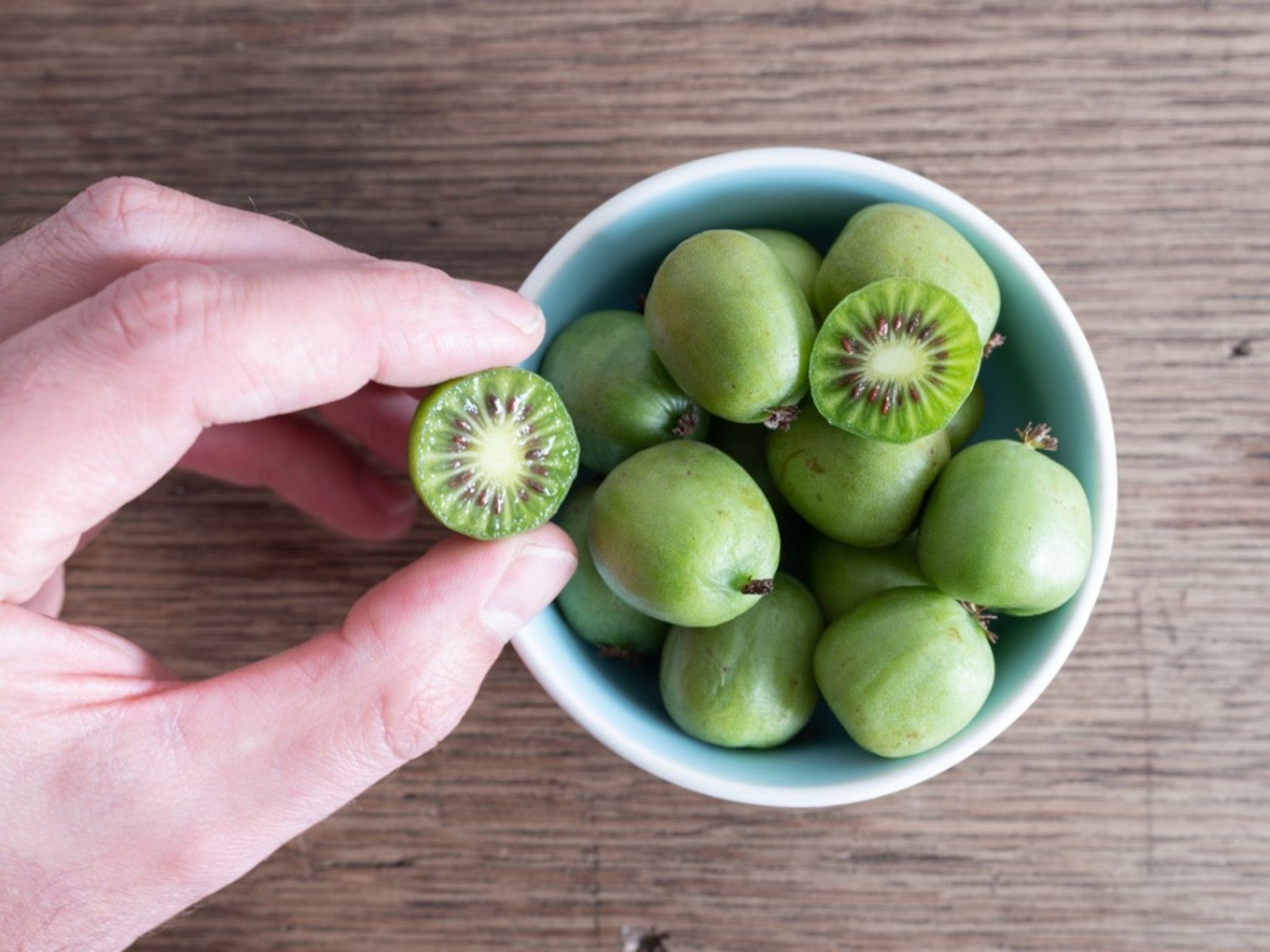 Kiwiberry Care Guide – Learn About Kiwiberry Growing Conditions
Kiwiberry Care Guide – Learn About Kiwiberry Growing ConditionsLove kiwis but wish they didn't have the fuzzy, gritty skin? Enter the kiwiberry. Read on for more info about these weird little fruits.
By Bonnie L. Grant
-
Caring For Kiwi: How To Grow Hardy Red Kiwi Fruit
Hardy Red kiwi produces grape-sized, fuzz-less fruit with an authentic kiwi flavor. For information on growing them, click the following article.
By Laura Miller
-
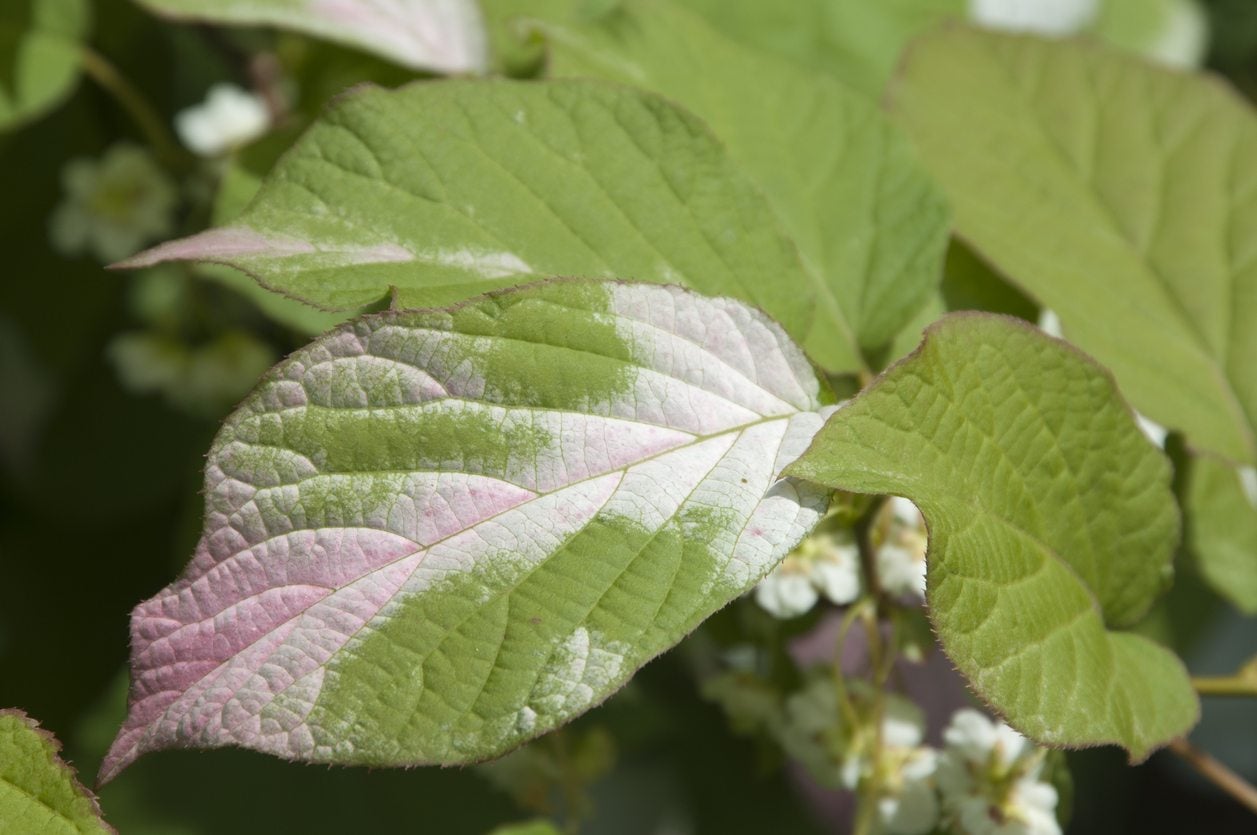 Tricolor Kiwi Information: How To Grow A Tricolor Kiwi Plant
Tricolor Kiwi Information: How To Grow A Tricolor Kiwi PlantActinidia kolomikta is a hardy kiwi vine that is commonly known as tricolor kiwi plant because of its variegated foliage. Also known as arctic kiwi, it is one of the hardiest of the kiwi vines. For tips on growing tricolor kiwi, click this article.
By Darcy Larum
-
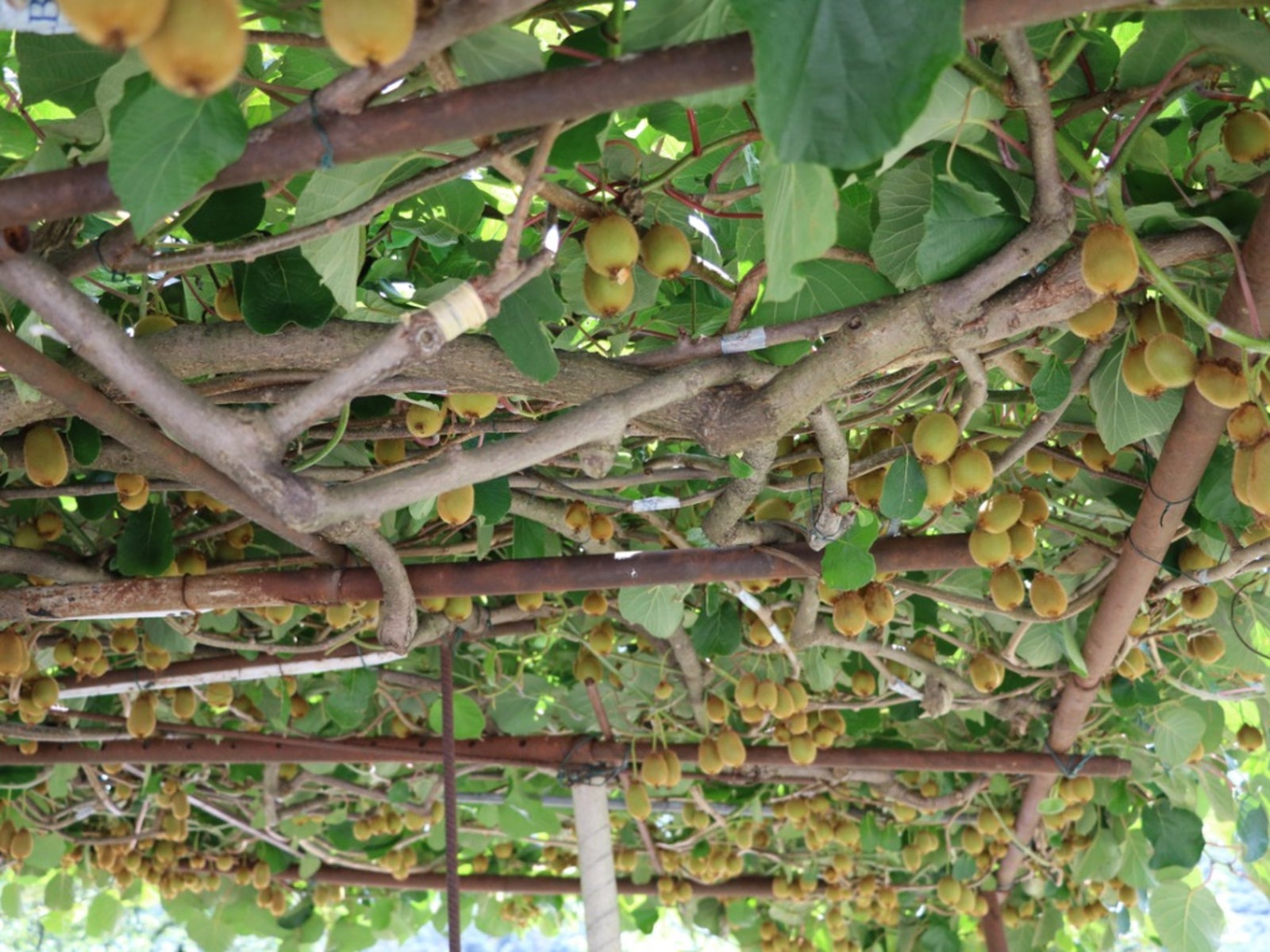 Kiwi Plant Trimming: Pruning Mature Kiwi Vines In The Garden
Kiwi Plant Trimming: Pruning Mature Kiwi Vines In The GardenRegular pruning is an essential part of caring for kiwi vines. Kiwi vines left to their own devices quickly become a tangled mess. But pruning overgrown kiwi vines is also possible if you follow simple trimming steps. This article will help.
By Teo Spengler
-
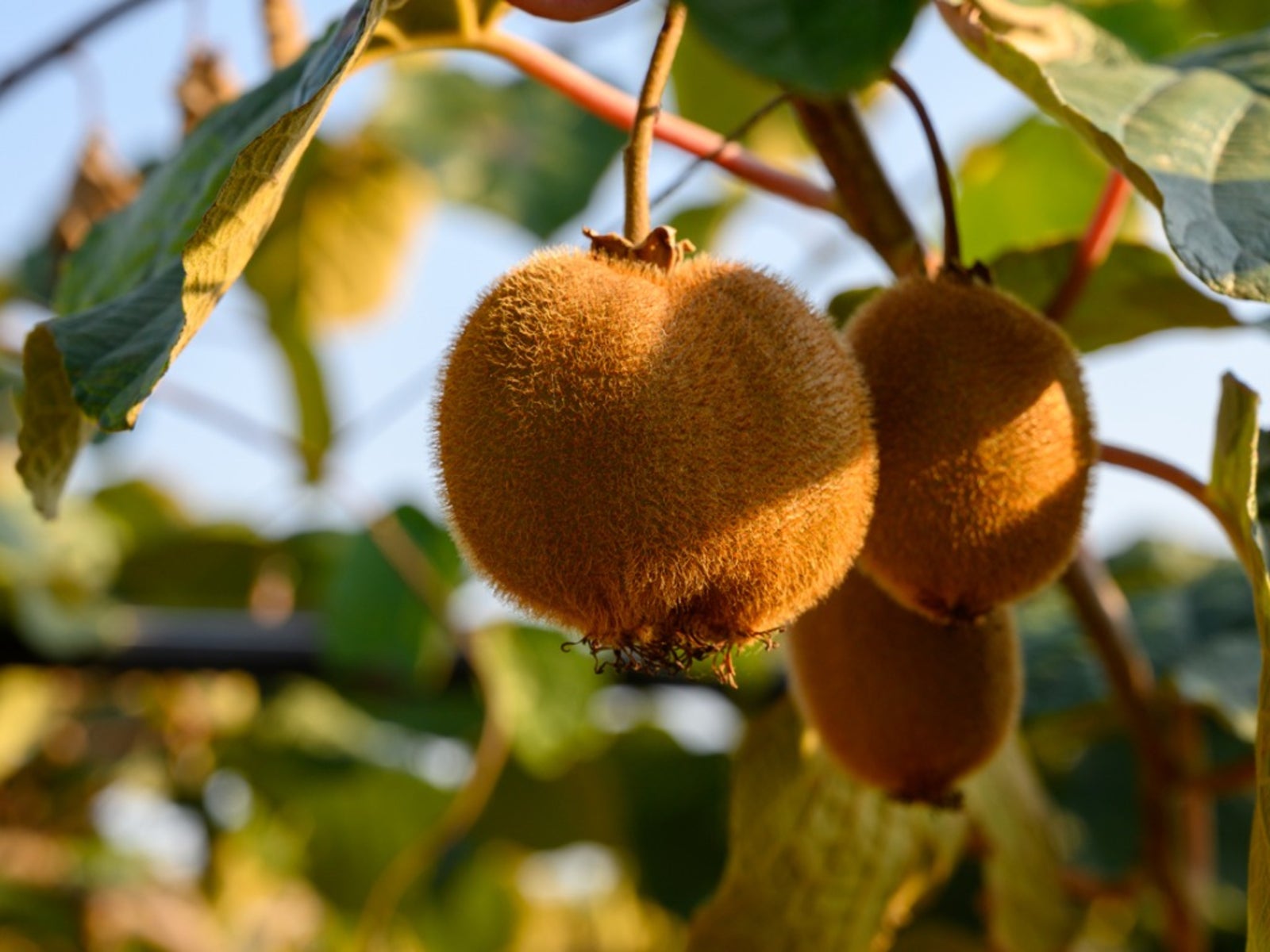 Fruit Companion Planting: Companion Planting Around Kiwi Vines
Fruit Companion Planting: Companion Planting Around Kiwi VinesCompanions for kiwi can help the plants grow more vigorously and fruit more prolifically. Not every plant is an ideal kiwi companion plants, though. What plants make the most ideal kiwi plant companions? Click this article to learn more.
By Amy Grant
-
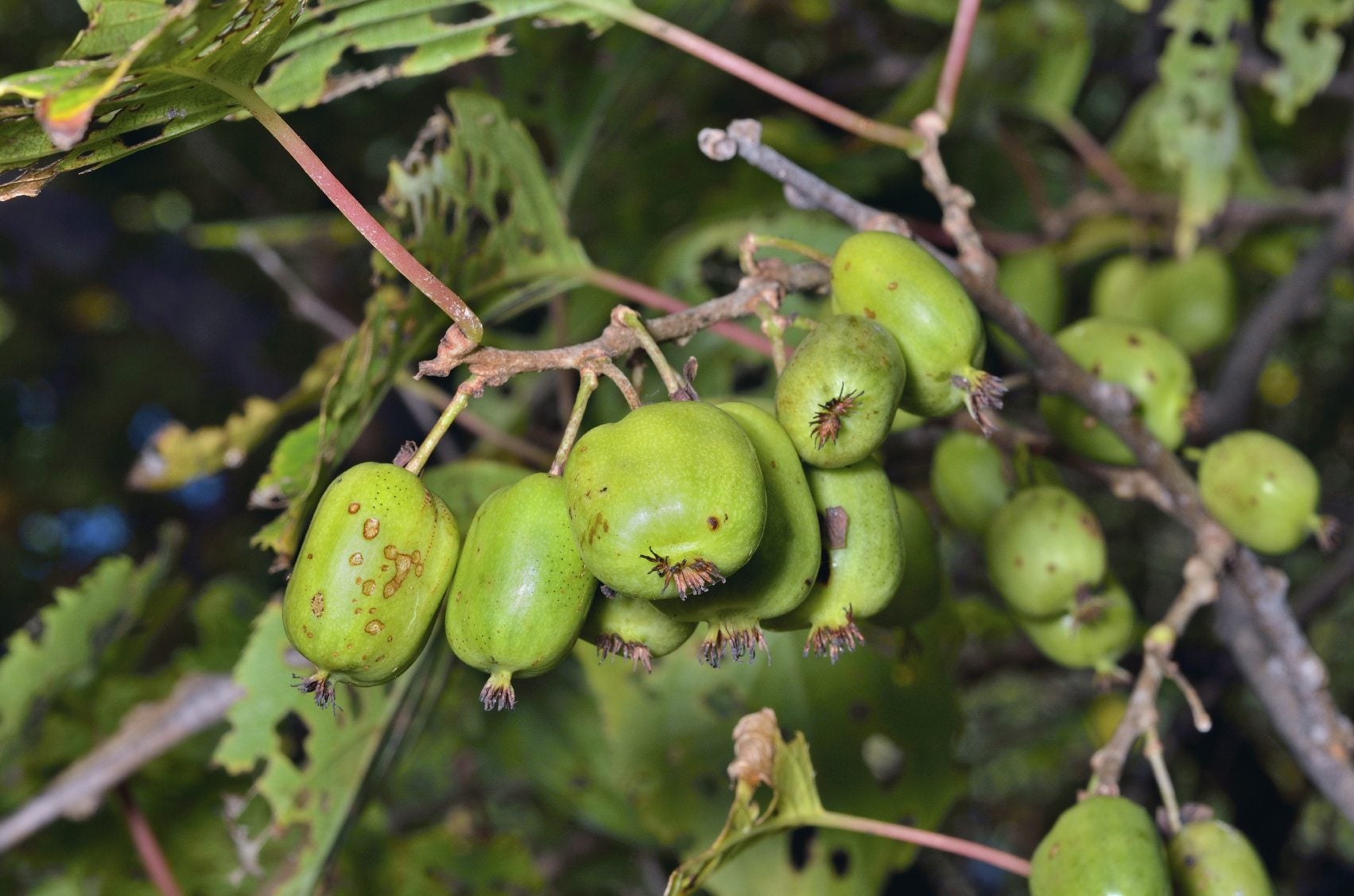 Hardy Kiwi Diseases: How To Treat A Sick Kiwi Plant
Hardy Kiwi Diseases: How To Treat A Sick Kiwi PlantWhile the kiwi plant is tough and relatively easy to grow, it can fall prey to various kiwi plant diseases. You can learn more about the diseases of kiwi and their treatment in this article. Click here for more information.
By Mary H. Dyer
-
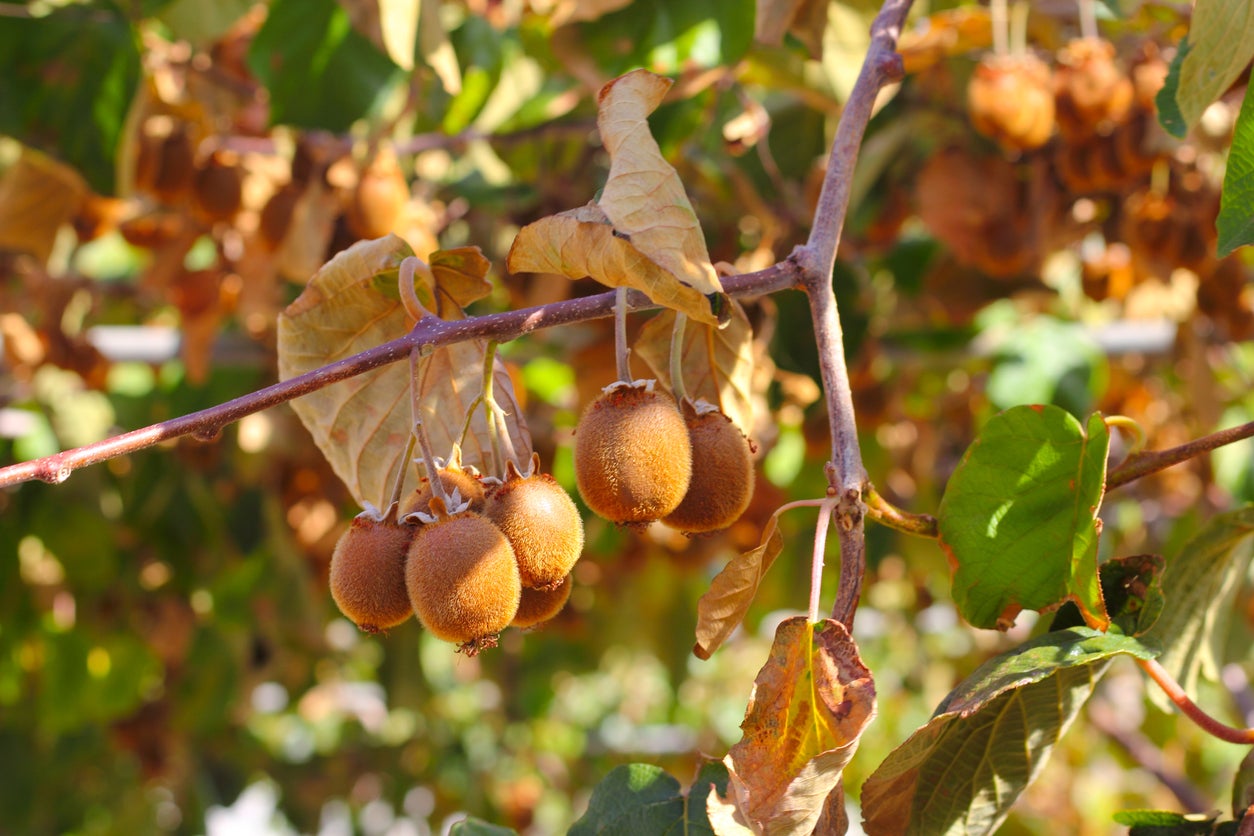 Kiwi Leaves Turn Brown – Reasons For Kiwi Vines Turning Yellow Or Brown
Kiwi Leaves Turn Brown – Reasons For Kiwi Vines Turning Yellow Or BrownHealthy kiwi leaves are a brilliant green during the growing season, and you might well become worried when your kiwi leaves turn brown or you see yellowing kiwi plants. Click this article for information about steps to take when you see kiwi leaves turning yellow.
By Teo Spengler
-
 Pests Of Kiwi Vines: Information For Treating Kiwi Bugs
Pests Of Kiwi Vines: Information For Treating Kiwi BugsWhile kiwi plants are tough and relatively easy to grow, they can fall prey to various kiwi plant pests. Learn more about kiwi insects and tips for treating kiwi bugs in this article. Click here for additional information.
By Mary H. Dyer